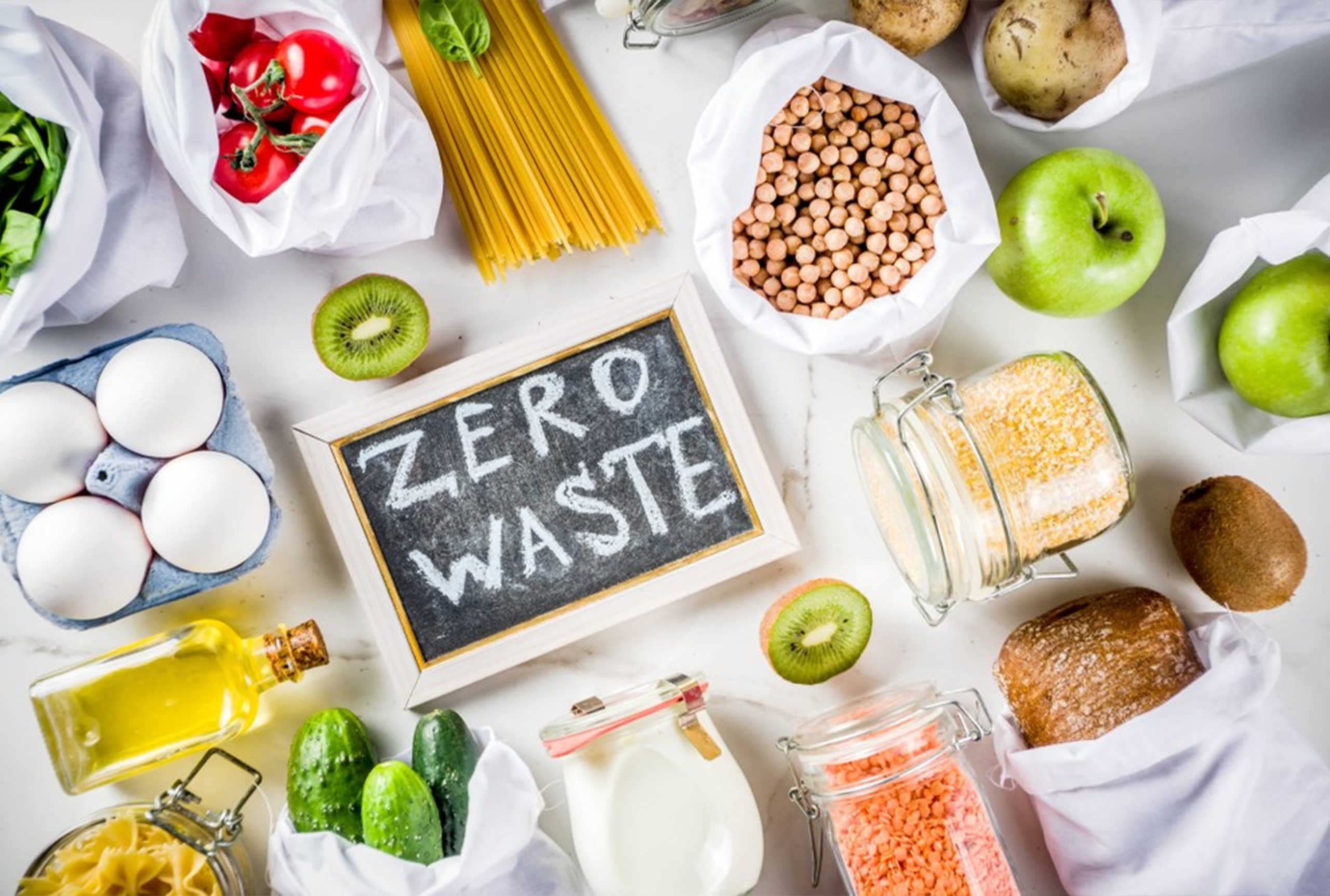Ways to Reduce Food Waste in the Supply Chain
Food supply chains are facing many challenges, each of which can cause the waste of natural and economic resources, which will have negative socio-economic and environmental effects. Food waste (FW) is the result of uncontrolled inefficiencies and much research is being done to find suitable economic innovations to prevent and reduce this waste.
Statistics related to food waste in the world
Addressing these inefficiencies in the food supply chains can help reduce the 1.3 billion tons of food waste produced worldwide each year. 180 kg of food waste is generated per person in the European Union annually, which is about 25% of the food purchased by households. In China, $32 billion worth of food waste is thrown away annually.
Overall, food waste accounts for 70% of all waste in different countries, while many people live below the poverty line and often do not have enough to eat. In the United States, 40% of food waste is thrown away, which is about $165 billion a year.
Proposed solutions to reduce food waste
To reduce food waste in the food supply chain, there are ways that should be considered based on the economic and social conditions of each country.
Investing in new technologies such as the use of new smart refrigerators and freezers that show the content and expiration date of food as an improved storage environment, more advanced packaging, advanced software tools for planning food production, Tools and devices related to precision agriculture, such as drones, which provide producers with detailed information about crop health, moisture levels, and soil nutrition, can be extremely helpful in reducing food waste.
Develop and implement programs to reduce consumer waste
In addition to the waste caused by the production process, the consumption pattern of people has an effect on the amount of food production waste. To reduce waste on the consumer side, two programs are suggested:
Consumer education campaigns aimed at increasing awareness of food waste and encouraging waste control.
Change in product, packaging, or labeling to make it easier to use and avoid waste.



